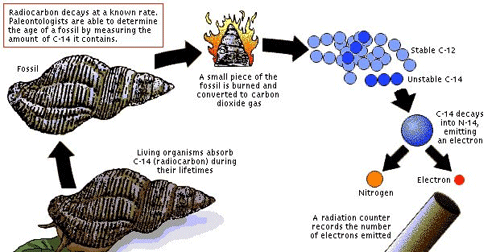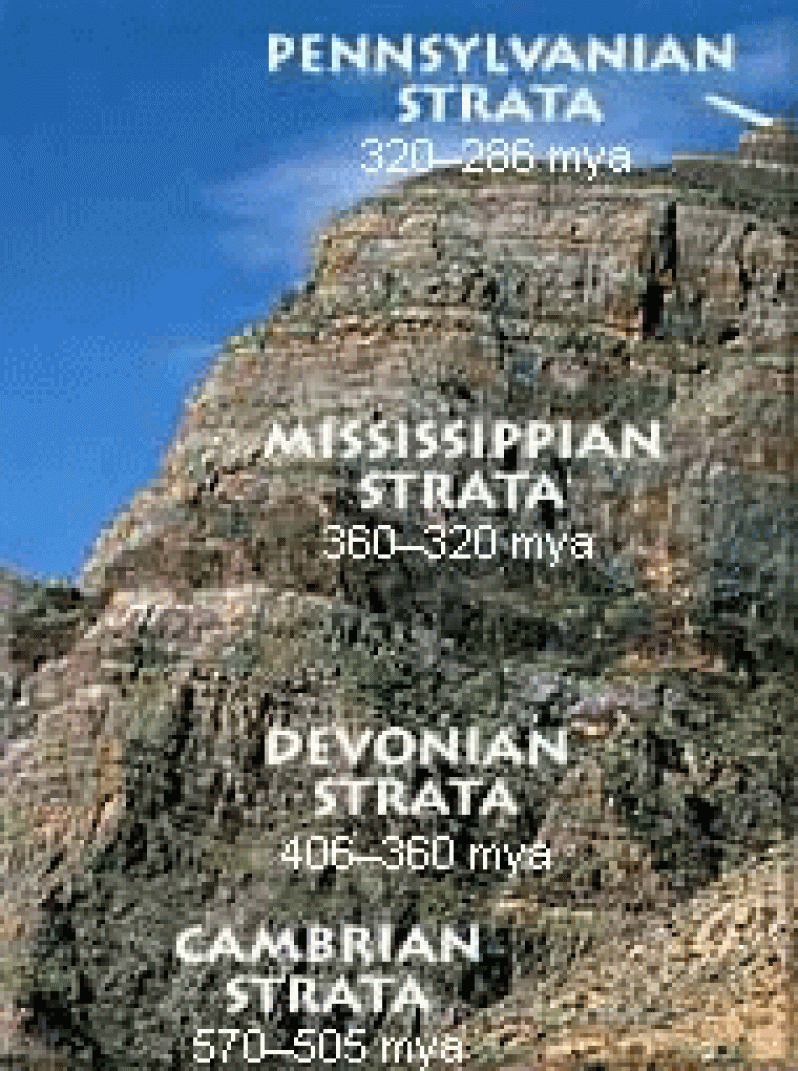Radiometric dating
GUYANA is geologically split into three provinces: The Northern Province, the Southern Province, and between them the Takutu Graben or Takutu Rift Valley.  Everyone knows that the solid parts of the earth consist of substances such as rock, clay, sand, limestone, coal, slate etc. A layman might imagine that all these elements had been there from the beginning of Time, and had remained the same from then to the present-day, as we now see them. But, in the beginning, the external parts of the Earth were not all produced in the state in which we now see them; nor were they produced in an instant of time.
Everyone knows that the solid parts of the earth consist of substances such as rock, clay, sand, limestone, coal, slate etc. A layman might imagine that all these elements had been there from the beginning of Time, and had remained the same from then to the present-day, as we now see them. But, in the beginning, the external parts of the Earth were not all produced in the state in which we now see them; nor were they produced in an instant of time.
Scientists have found that Earth’s materials acquired their actual configuration and condition gradually, under a great variety of circumstances and over great periods of time.
Between the 17th Century and the early 20th Century, conceptions about the age and history of the Earth underwent a gradual change.
In the early 18th Century, if you asked an educated person how old the planet Earth was, and to recount its history, he (or she) would have said that it was about 6000 years old, and that its ancient history was given by the biblical account in Genesis.
The Genesis creation stories were interpreted as saying that the Earth had been in existence for just a few thousand years. In the early 17th Century, those who put forward scientific theories which contradicted scriptural interpretations stood not only to lose their academic appointments, but were legally answerable to charges of heresy and blasphemy, charges which, even as late as the 18th Century in Great Britain sometimes resulted in death sentences.
If you asked the same question of an educated person in the early 20th Century, you would have received a quite different answer. He (or she) would have answered that the Earth was ancient; that there had not been a Noachian flood, and that the species of life had not been fixed over the history of Earth. In short, he or she would have asserted that Genesis was an allegory and not literal history.
The change in conception about the age of Earth and its history was brought about by the rise of science. By 1780, it was clear that there had been significant changes in the Earth’s topography over time, and that these changes could neither be accounted for by natural processes operating by the biblical Noah’s flood.
Other significant observations included:
* Studies of strata (layers of the Earth) suggested that they were laid down by natural processes in which the sea and land had changed places several times.
* Studies of earthquakes and volcanoes showed that the Earth’s surface crust is susceptible to massive natural transformation.
* Observation of rain, wind, water erosion, and sea erosion in action showed that they were forces capable of reducing mountains and creating valleys.
Accordingly, by the early 1800s, it was generally accepted that the Earth had a long history. Its age, however, was still a matter of dispute.
Among the most erudite scientists of the day, estimates of the Earth’s age ranged from 60 to 100 million years. The breakthrough commenced in 1905 with the discovery of radioactivity and the realization that the Earth’s rocks could be dated by radioactive decay.
With the subsequent development of radiometric age-dating methods, scientists have been able to calculate the age of the Earth’s rocks, as well as meteorites, materials which fall from outer space and survive the impact with the Earth’s surface.
Scientists have been able to compare the relative amounts of radioactive and stable materials within these materials, and by this means acquire conclusive information about the age and history of Earth.
And so, based on radiometric dating of meteorites, deduced to have been created at the same time as Earth, the age of Earth is 4.54 billion years with the time scales hitherto indicated.
NEXT WEEK: Geology Of Guyana: Orogenies



.jpg)








